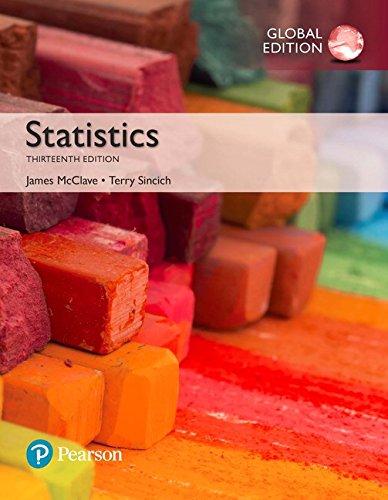Lead in drinking water. The U.S. Environmental Protection Agency (EPA) sets a limit on the amount of
Question:
Lead in drinking water. The U.S. Environmental Protection Agency (EPA) sets a limit on the amount of lead permitted in drinking water. The EPA Action Level for lead is .015 milligram per liter (mg/L) of water. Under EPA guidelines, if 90%
of a water system’s study samples have a lead concentration less than .015 mg/L, the water is considered safe for drinking.
I (coauthor Sincich) received a report on a study of lead levels in the drinking water of homes in my subdivision. The 90th percentile of the study sample had a lead concentration of .00372 mg/L. Are water customers in my subdivision at risk of drinking water with unhealthy lead levels? Explain.
Fantastic news! We've Found the answer you've been seeking!
Step by Step Answer:
Related Book For 

Question Posted:





